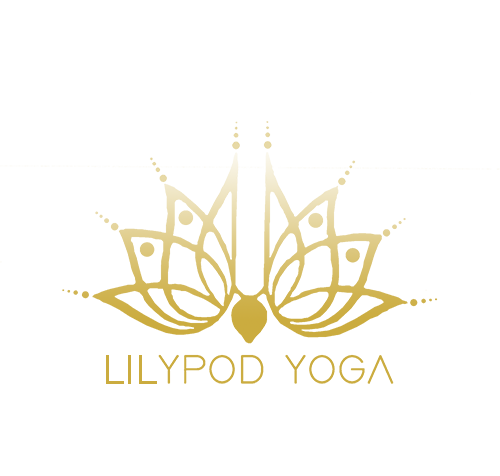Pose De-construction (5) Plow Pose, Hala = plow
Plow Pose: Step-by-Step as seen in Yoga Journal
UPDATED:APR 12, 2017ORIGINAL: AUG 28, 2007
Step 1: From Salamba Sarvangasana (shoulder stand) exhale and bend from the hip joints to slowly lower your toes to the floor above and beyond your head. As much as possible, keep your torso perpendicular to the floor and your legs fully extended.
Step 2: With your toes on the floor, lift your top thighs and tailbone toward the ceiling and draw your inner groins deep into the pelvis. Imagine that your torso is hanging from the height of your groins. Continue to draw your chin away from your sternum and soften your throat.
Step 3: You can continue to press your hands against the back torso, pushing the back up toward the ceiling as you press the backs of the upper arms down, onto your support. Or you can release your hands away from your back and stretch the arms out behind you on the floor, opposite the legs. Clasp the hands and press the arms actively down on the support as you lift the thighs toward the ceiling.
Step 4: Halasana is usually performed after Sarvangasana for anywhere from 1 to 5 minutes. To exit the pose bring your hands onto your back again, lift back into Sarvangasana with an exhalation, then roll down onto your back, or simply roll out of the pose on an exhalation.
Notes
This pose has many variations: spine more or less extended, arms overhead, or hands on the back as in salamba sarvangasana. Some of these variations put more pressure into the spine than others. For example, when the arms reach overhead and clasp the toes, the scapulae upwardly rotate and move away from the spine, and weight falls into the upper spine. This variation can overmobilize the thoracic and cervical spine; there is potentially damaging pressure from the pushing action of the feet and, if the hamstrings and gluteals are tight, from the limited hip flexion forcing greater spinal flexion.
Because this pose can produce very intense flexion for the spine, especially the cervical region, it’s more important to maintain the integrity of the scapulae and cervical and thoracic spine than to get the legs to the floor; support the legs if necessary to protect the neck.
